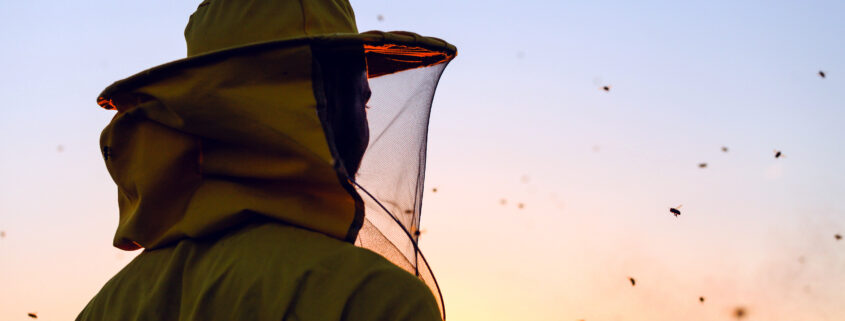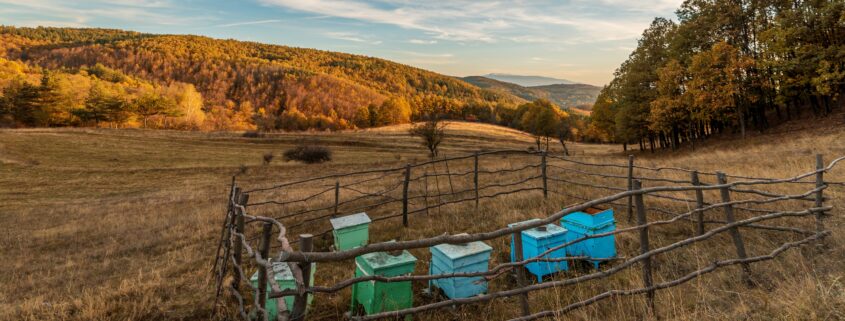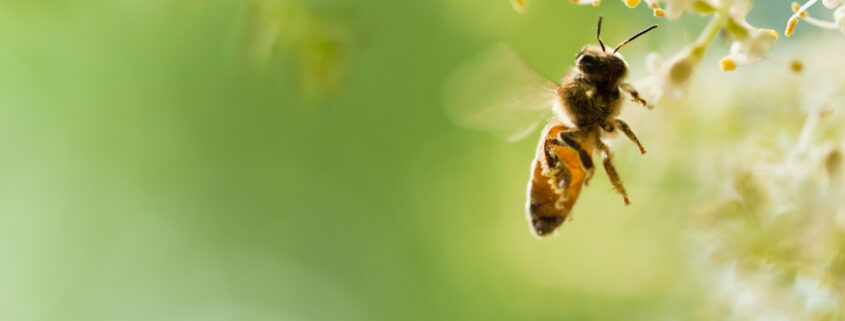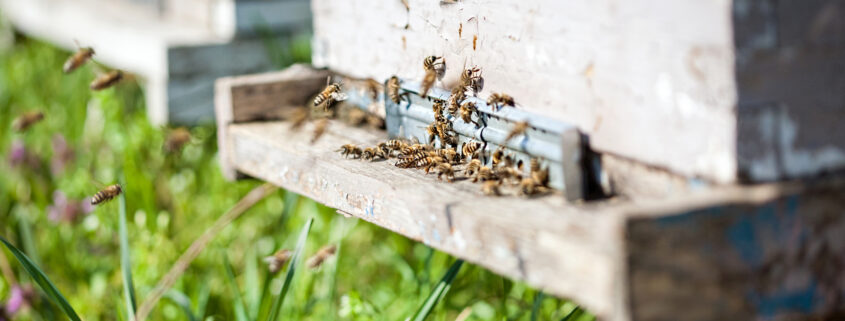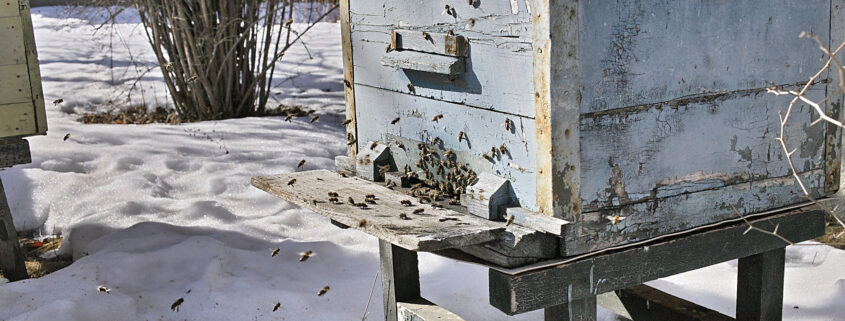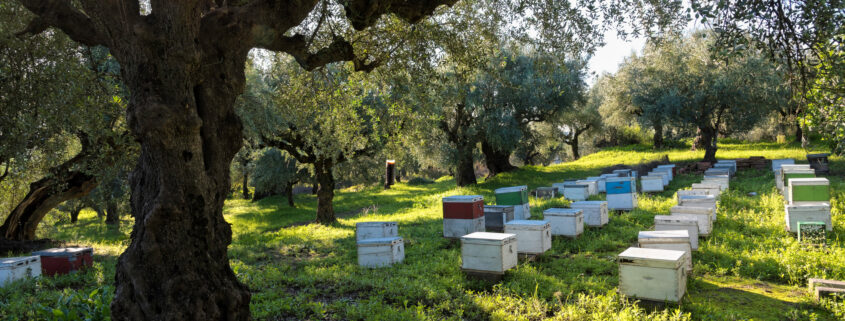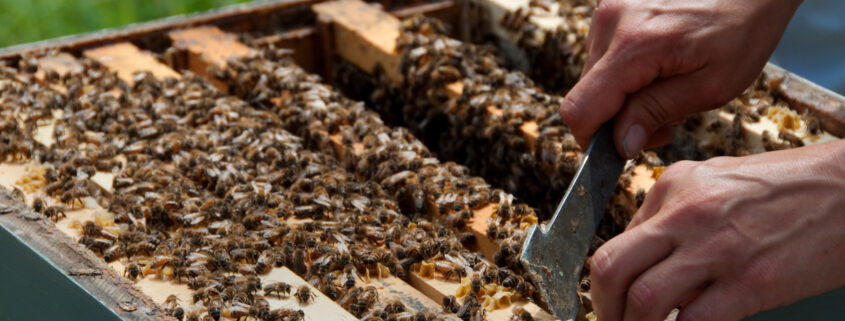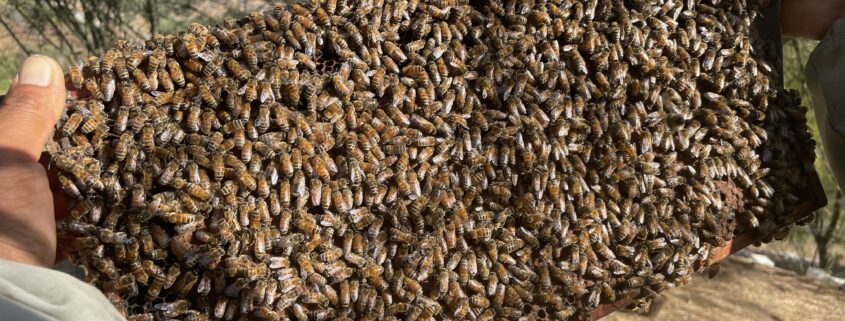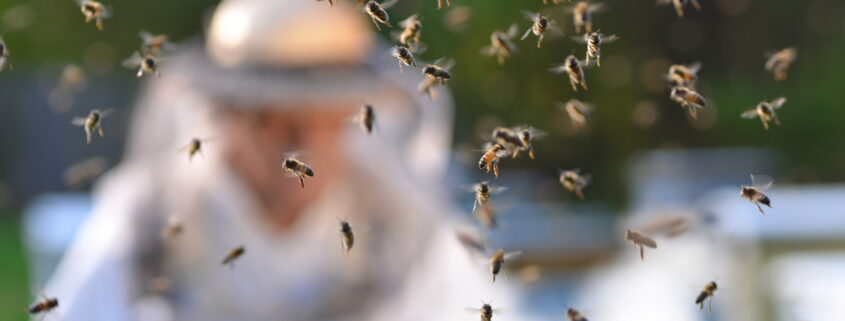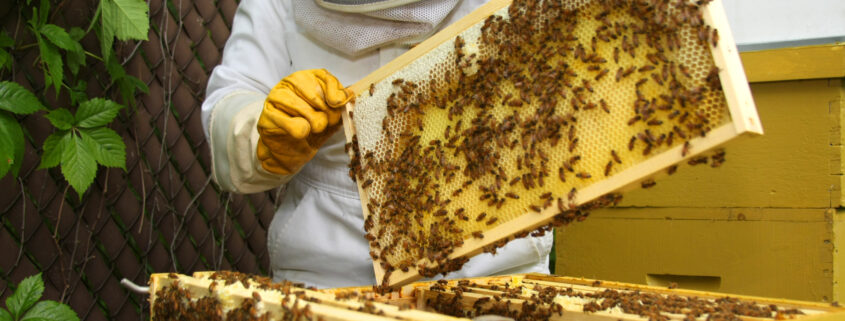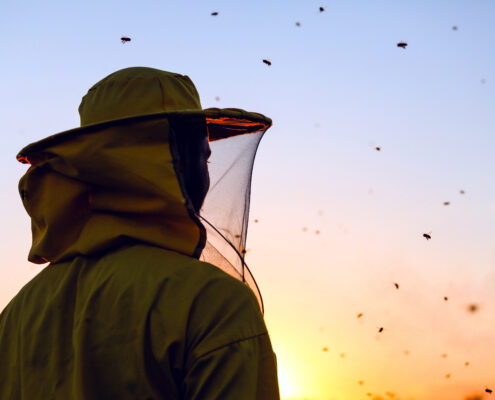What is the Best Season To Start Beekeeping?
The allure of buzzing bees, golden honey, and vibrant hives attracts many aspiring beekeepers. But when it comes to taking the plunge, understanding the optimal season to begin is crucial for your colony’s success and your beekeeping journey. While a universal answer might be alluring, the “best” season actually depends on several factors, including your local climate, experience level, and desired goals. Let’s delve into the advantages and challenges of starting beekeeping in spring, summer, fall, and even winter, equipping you to make an informed decision for your apiary dreams.
1. Spring: The Classic Choice:
- Advantages: Spring reigns supreme as the most common and recommended season to start beekeeping.Warmer temperatures and blooming flowers provide nectar abundance, fueling rapid colony growth and honey production. Purchasing bees in spring allows them ample time to establish, build comb, and prepare for winter before colder months arrive.
- Challenges: Swarms are more likely in spring due to the queen’s increased egg-laying. Beginners might find managing colony expansion and potential swarming overwhelming. Spring weather can be unpredictable, with fluctuating temperatures and occasional cold snaps, requiring more attentive monitoring.
2. Summer: A Warm Welcome:
- Advantages: Stable summer temperatures offer ideal conditions for honey production. Established colonies thrive on the continuous nectar flow, yielding higher honey harvests. Bees are generally calmer in hot weather,making inspections and hive manipulations easier for beginners.
- Challenges: Resource scarcity can occur in late summer depending on your location. Droughts and declining flower availability might necessitate supplemental feeding. Pests and diseases are more prevalent in warm weather, demanding vigilance and proper management techniques.
3. Fall: A Seasonal Surprise:
- Advantages: While less common, starting in fall can offer surprising benefits. Colonies are naturally entering a brood-rearing slowdown, minimizing swarm risk. Queen acceptance is often higher in fall, making introducing new queens easier. Purchasing late-season bees can be cheaper due to decreased demand.
- Challenges: Shorter days and fewer blooms limit nectar availability, putting pressure on beekeepers to ensure sufficient winter stores. Colder temperatures require extra insulation and preparation for winter survival. New beekeepers might struggle with handling bees in colder weather.
4. Winter: A Brave Bet:
- Advantages: Experienced beekeepers can utilize winter for specific colony management practices like queen introductions or hive manipulations. Certain regions with consistent winter temperatures might allow for limited nectar flow and honey production.
- Challenges: Winter beekeeping demands advanced knowledge and specialized skills. Cold weather significantly restricts bee activity, making inspections and interventions difficult. Beginners attempting winter beekeeping face a high risk of colony failure due to the demanding conditions.
Making the Best Choice:
Ultimately, the best season to start beekeeping depends on your specific circumstances and goals. Consider your local climate, beekeeping experience, and desired outcomes before making a decision. Consult experienced beekeepers in your region for further insights and recommendations tailored to your location. Regardless of your chosen season, be prepared for the challenges and responsibilities that come with caring for these fascinating creatures. With dedication, learning, and proper planning, you can embark on a successful beekeeping journey, welcoming the buzz of your own busy hive.

